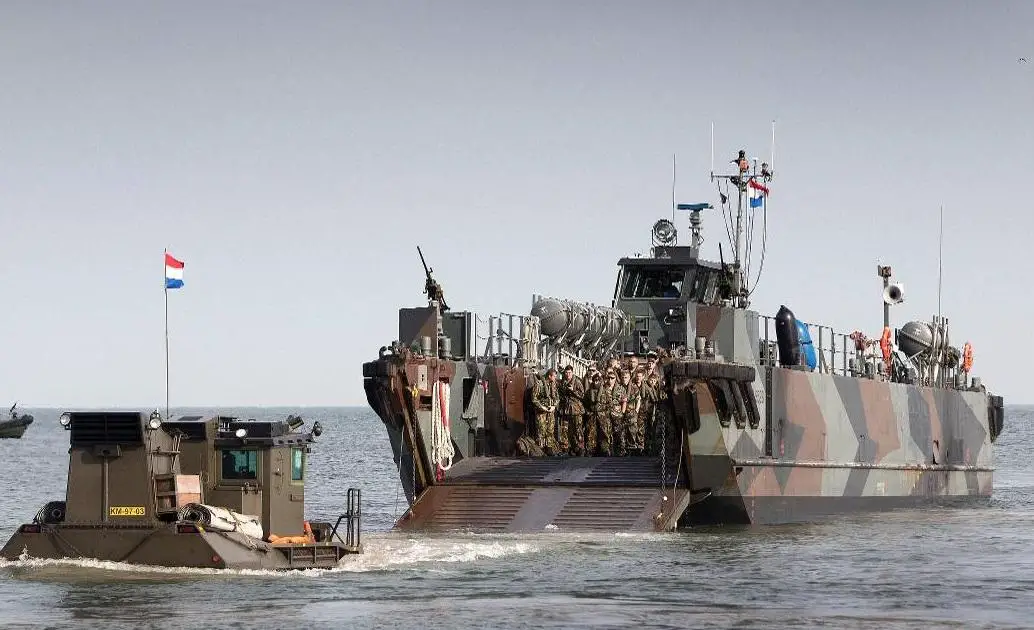The first of five Landing Craft Utility (LCU) Mk II operated by the Royal Netherlands Navy (RNLN, Koninklijke Marine) has started its mid-life upgrade (MLU) programme. De Haas Shipyards was awarded a contract to conduct the LCU MLU in October 2022, with work to be completed by 2025. Work will include modernisation of the crew and mess facilities to enhance endurance, a complete overhaul of the hull and structure, upgrading the machinery and propulsion systems to increase range, and the provision of stores to enable a logistic support capability. Janes reported that the first unit, L 9525, entered dry dock at De Haas Shipyards in Rotterdam on 21 January.

The LCU Mark II is the Royal Netherlands Navy’s largest landing craft. It is mainly intended for transport equipment and troops to the shore. They are capable of transporting light tracked or wheeled vehicles and troops from amphibious assault ships to beachheads or piers. Four (two each) of the LCUs are allocated to the RNLN’s landing platform docks (LPDs) Rotterdam (L 800) and Johan de Witt (L 801). The remaining craft are used for training and maintenance. The LCU Mark II is based on the RORO principle (roll-on roll-off). This means that a vehicle enters the vessel on one side and can drive off on the other side.

The Landing Craft Utility (LCU) vessels were ordered from Visser Dockyard in Den Helder in 1996. The first unit was built at Visser Dockyard and commissioned in 1998. The remaining vessels were built at Damen Shipyard in Romania, Galati, and fitted out at Den Helder. In 2003–05, the LCUs were lengthened to reduce their draft. The vessels have a full load displacement of 255 tonnes, a length of 36.3 m, a beam of 6.85 m, and a draft of 1.4 m. They have a top speed of 9 kt and a range of 400 n miles at 8 kt. The LCUs can carry 130 troops or 65 tonnes of vehicles (3 trucks, 2 light armored vehicles).















